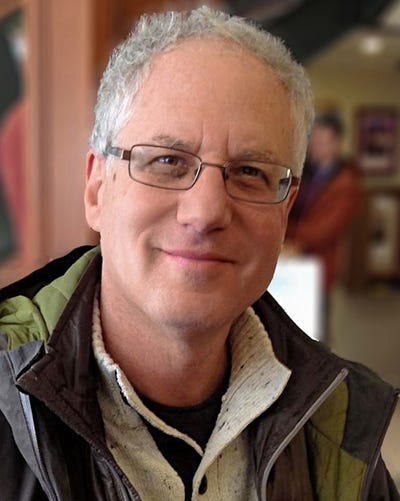J.R. Simplot views the environmental aspect of packaging through the lens of economic sustainability.
January 10, 2022

There are three legs on the proverbial sustainability stool: environment, economy, society. When you’re an academic or an environmentalist, you can focus on the first and last legs. Your mission isn’t related directly to economic concerns — at least theoretically.
But the key sustainability metric for businesses has always been economic. Companies that don’t earn a profit by generating more value than they consume will no longer exist. Thus, there is constant friction between the three legs of the stool, as each competes for company resources. (Ironically, this competition is often misguided, as reduced economic costs can lead to reduced environmental, and thus social costs, as well.)
The people who must balance these sustainability expectations against corporate ideological concerns, functional performance needs, and supply chain realities are packaging design and production engineers. When you throw in the promotional, pricing, and legal demands coming from the sales, marketing, financial and legal departments, you can see that packaging design is an extremely complex activity that must balance and appeal to all these other functions.

To get a better understanding of how packaging design engineers operate in such an environment, I spoke with Jason Schwark, senior packaging engineer at J.R. Simplot, a family-owned and -run global food and agriculture organization serving farmers, foodservice operators, and consumers. Its portfolio encompasses products including frozen and chilled potatoes, vegetables, grains, and fruit; Simplot developed and commercialized frozen french fries in the 1950s.
Schwark is also a personal contributor to SPRING, providing real-world experience that adds dimension and depth to the knowledge of our academic, engineering, and consulting associates.
Define sustainability from your perspective, and that of Simplot.
Schwark: First, you must remember that we’re a business, and that without profits we won’t exist as an enterprise. Economic sustainability is therefore a key operating lens for us, and the need for profitability is constant.
Thus, we tend to look at sustainability as a cost factor. All significant sustainability decisions must be tied to a monetary value. This means that our focus is on increasing throughputs and operational efficiency. It also means that we continually reduce food waste in our plants; during production, transportation, warehousing, and delivery; and at our customers’ facilities.
These considerations aren’t necessarily seen by our customers and the public, but they have a huge impact on our environmental footprint. Reduced use of energy and water significantly impact all three sustainability concerns, and so does reduced food waste. To consumers, food waste is simply an intangible cost of consumption. To us, it’s a highly tangible signal that we’re doing our farmers, ourselves, and our customers a disservice, as we’re throwing away financial, economic, and social resources that we can’t afford to waste.
I didn’t hear the word packaging in your discussion.
Schwark: This is where a big-picture overview comes in. The cost of product acquisition, preparation, processing, storage, and transportation can be more than 40 times greater than the cost of the primary packaging in which our products are sold. One of our typical foodservice packages weighs only about 12 grams. Thus, the most sustainable thing we can do to packaging is to ensure that our customers receive their orders in packaging that maintains product integrity, freshness, and appetite appeal while allowing for convenient, portion-controlled preparation.
That said, we are developing partnerships with internal and external customers to ensure that used packaging costs are minimized. It costs money to send packaging to landfills. It costs less if that packaging can be diverted for recycling.
From a sustainability perspective, what’s the greatest impact you can have on your organization?
Schwark: There are really two different areas where I have influence. First, my career experience, education, and association with SPRING have all made me far more knowledgeable regarding sustainable packaging thinking and opportunities, allowing me to become a thought leader in the company. This means that my opinions are asked for earlier in product development discussions and at higher management levels.
Also, by understanding how changes designed to enhance sustainability can affect large cost drivers such as throughput; material, energy, and water reduction; and lower levels of food waste, I can positively impact the company’s business results in ways that are far bigger than my job title and function would indicate.
Feels good, doesn’t it?
Schwark: Yes, it does.
Robert (Bob) Lilienfeld has been involved in sustainable packaging for 25 years, working as a marketing executive, consultant, strategic planner, editor, writer, and communications expert. He’s President of Robert Lilienfeld Consulting, working with materials suppliers, converters, trade associations, retailers, and brand owners. He is Executive Director at SPRING, The Sustainable Packaging Research, Information, and Networking Group. You can also write him at [email protected] or visit his LinkedIn profile.
About the Author(s)
You May Also Like




